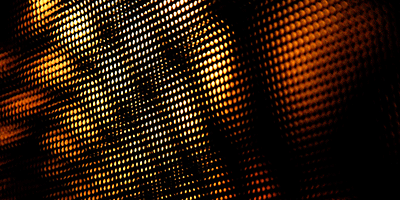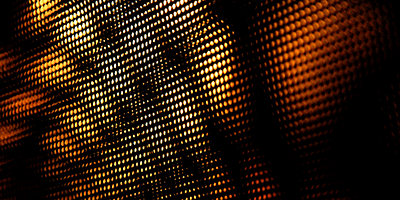Quantum Particles Spotted in Less Time
Imaging a small, light-emitting particle like a molecule is usually a waiting game: Photons are emitted at random intervals, and enough of them have to be collected to improve the signal to noise. Since this improvement rises only as the square root of time, acquiring a clear image may take too long if the particles are moving. According to theorists Isaac Chuang and his colleagues at the Massachusetts Institute of Technology, Cambridge, accurate images can be taken with fewer photons, provided the particle stays in a coherent quantum state for the time of the measurement.
Chuang and his colleagues model a quantum particle with one ground state and one excited state, sitting at an unknown point on a line. A light beam with a peaked intensity profile (e.g., Gaussian) is aimed perpendicular to this line, with its peak an unknown distance from where the particle sits. Normally, a particle will transition to its excited state if it’s within a wavelength of the beam’s peak. But, if the particle’s quantum coherence is preserved, the authors have found a way to apply a sequence of pulses such that the transition only occurs if the particle is within a much smaller distance from the peak. They outline a search algorithm that applies this pulse sequence and then uses information about the particle’s quantum state to aim the beam to a new position. The uncertainty in the particle’s location drops linearly with the number of pulses, and hence time, making it faster than a classical approach.
The approach is best suited to image “artificial atoms,” like quantum dots and nitrogen vacancies in diamond, that have been engineered to have a long coherence time and could be embedded in chemical or biological environments.
This research is published in Physical Review Letters.
–Jessica Thomas





